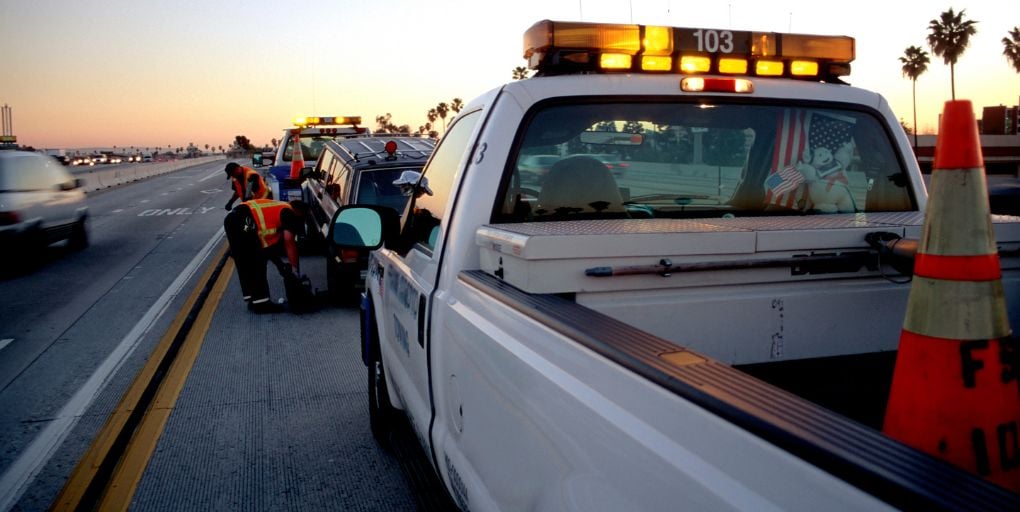It’s what the American Automobile Association calls a chilling reality for roadside assistance providers, including tow truck drivers, mobile mechanics, emergency roadside technicians, and safety service patrols who put themselves at risk every day to help others. A new AAA Foundation for Traffic Safety study reveals a disturbing picture of the dangers faced by those working on the side of the road, and researchers say the numbers may be getting worse. Remember too, this is also true for our first responders.
“Understanding the circumstances and causes for fatal crashes involving roadside workers is vital if we are serious about saving lives,” said Dr. David Yang, president and executive director of the AAA Foundation for Traffic Safety. “Many of these crashes can be avoided if drivers focus on driving and observe the law by slowing down and moving over when they see roadside assistance providers performing their duties.”
Crash Data
AAA Foundation researchers say that roadside assistance workers are struck and killed nearly four times more than reported. Researchers say they combed through diverse information sources and uncovered 123 roadside assistance providers killed by passing vehicles between 2015 and 2021 - a substantially higher number than the 34 noted in national crash data. AAA researchers say the discrepancy is due to a persistent failure of state police crash report forms to capture that crash victims were roadside assistance providers and were often recorded as “pedestrians.” While yearly total traffic fatalities increased significantly over the study period, AAA says data suggests that roadside assistance provider fatalities increased even more.
Key Findings:
- 89% of the crashes occurred at locations with 55-MPH or higher speed limits, almost all on Interstates or other limited-access highways.
- 84% of crashes occurred in good weather without precipitation/slippery road conditions.
- 63% occurred during darkness, of which nearly two-thirds were at locations without street lighting. 34% of crashes were in daylight.
- 63% occurred in crashes in which the striking vehicle had already left the road and was traveling on the shoulder or beyond before impact. This suggests the involvement of factors such as impairment, fatigue, or distraction. More than one-third of striking drivers tested for alcohol tested positive. Nearly half were not tested.
Next Steps
AAA says it is urging action on several fronts:
- Slow down, Move Over: Reinforce these life-saving laws, reminding drivers to give space to ANYONE (including but not limited to roadside assistance, police, fire, EMS) working on the side of the road. Every ounce of awareness could be the difference between life and death.
- Shield the Vulnerable: Utilize countermeasures to prevent vehicles from striking workers. The Foundation previously examined vehicle-mounted electronic variable message signs and found them effective at alerting drivers to slow down and move over.
- Train for survival: Teach roadside workers to prioritize work away from traffic and equip them with strategies to avoid harm’s way. Training for roadside assistance providers should emphasize the importance of not working or standing on the traffic-facing side of the incident whenever possible and minimize time spent on the traffic-facing side of the scene.
“Let’s remember this study is about real people, not statistics,” said Jake Nelson, AAA’s traffic safety and advocacy director. “It’s a shared responsibility to solve this safety challenge. Roadside workers and all of us who drive by them have to take action to move towards zero traffic deaths.”
For the full study click here.
Photo credit: coronado/Shutterstock.com.

